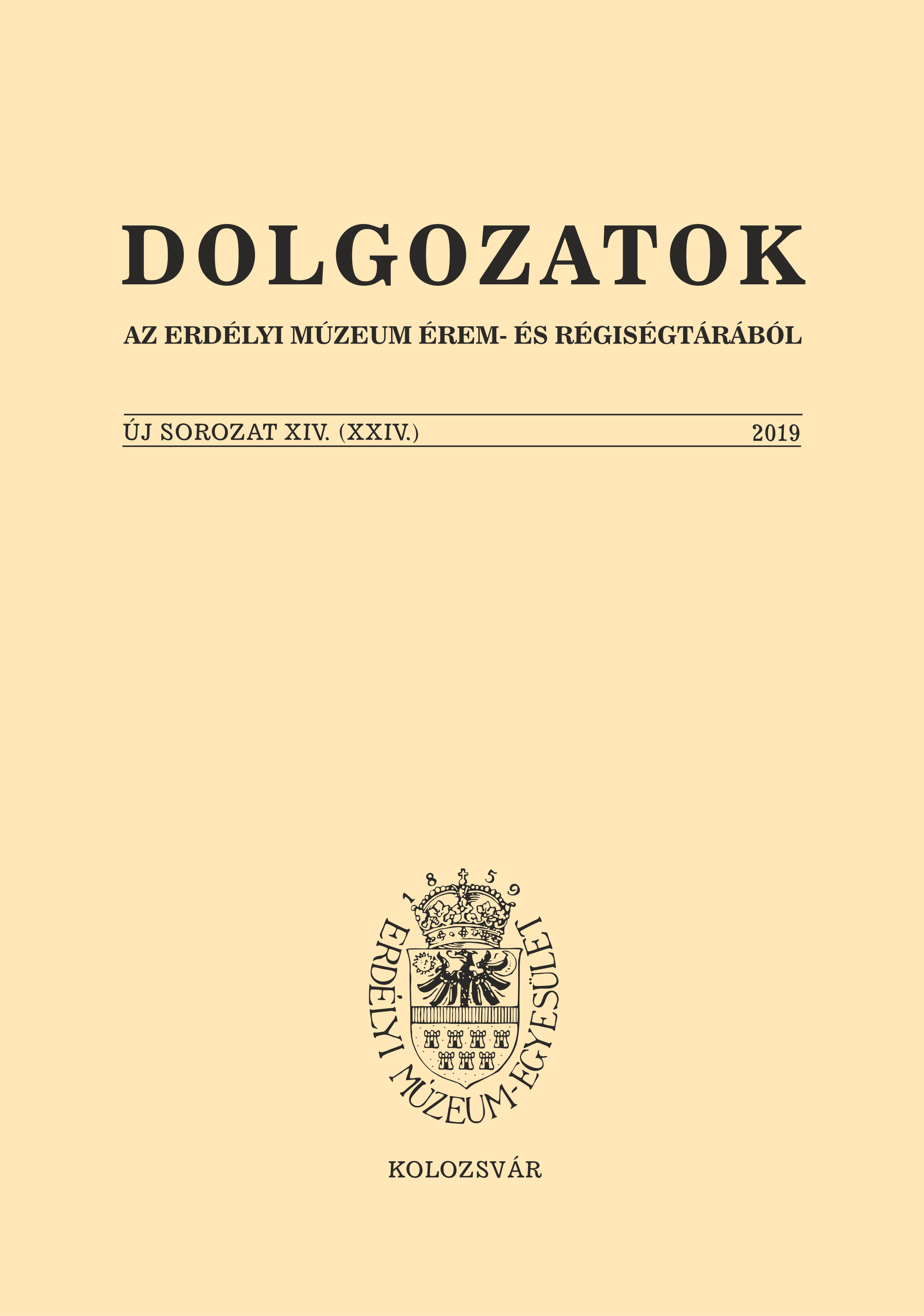Építészettörténeti kutatások Marosvásárhelyen
Research into the History of Architecture in Târgu Mureş
Author(s): János OrbánSubject(s): Architecture, History of Art
Published by: Erdélyi Múzeum-Egyesület
Keywords: Târgu Mureş; history of architecture; town topography; history of science; archive
Summary/Abstract: The study comprises the history of the research concerning the architecture of Târgu Mureş (Marosvásárhely), introducing the precedents of such an investigation currently taking place. The interest towards the local built environment goes back to the 19th century, to the activity of Károly Benkő and Balázs Orbán. In the first decades of the 20th century, in the works of two local historians, István Biás and István Fodor, one can find increasing interest towards the built heritage of the town. In the period between the two World Wars, when the professional Hungarian art historical writing was in formation, the architecure of Târgu Mureş earned a place quite early among the topics. Here we must emphasize the results of József Biró (1907–1945), who studied the masters of the local Baroque architecture. In the middle of the 20th century Margit B. Nagy (1928–2007) also came in contact with the town’s architecture through the Baroque monuments, by summarizing in a monographical study the activity of Antal Türk, a local master builder, from the last decades of the 18th century. After the change of regime in 1989, architect Gyula Keresztes (1921–2015) took into account the built heritage of the town, ending his research with the period of Art Nouveau, but neglecting entirely the vast archival source materials. After the turn of the millennium, the start for a source-based architectural historical research was initiarted by the work of Ioan Eugen Man (1940–). As a former staff member of the construction department of the mayor’s office, he had published in a number of volumes in Romanian his results concerning the town’s architecture, which are considered a pioneering work for the period of the Dualism and the period between the two World Wars. After 1989, amidst the new circumstances, the interest towards the architecture of the town from the part of the Hungarian professional art-historical writing also intensified. Here, one must highlight the research concerning the history of the Palace of Culture as well as the work of the renowned architect from Budapest, Ede Toroczkai Wigand (1869–1945). Following such antecedets, in the second half of the 2000s, new endeavours developed to research the architecture of Târgu Mureş through the activity of a new generation of professionals trained at the Department of Art History of the Babeş-Bolyai University. Due to this, the project named ‘Monument Topography of Târgu Mureş’ (Marosvásárhely Műemléki Topográfiája) could start its work in the middle of the 2010s, the results of which are partly presented in this volume. The details of a building’s history are traced through the synthesis of data collected from archival sources and the on-site inspection. The architecture of the 19th and the first decades of 20th century are especially highlighted as well as the systematic exploration of the relevant sources, which is greatly aided by emergence of the period’s building licensing practice. This fundamental research is meant to provide the foundations of analysis of a set of complex issues and a future reliable synthesis.
Journal: Dolgozatok az Erdélyi Múzeum Érem- és Régiségtárából. Új sorozat
- Issue Year: 2019
- Issue No: XIV
- Page Range: 7-20
- Page Count: 14
- Language: Hungarian

